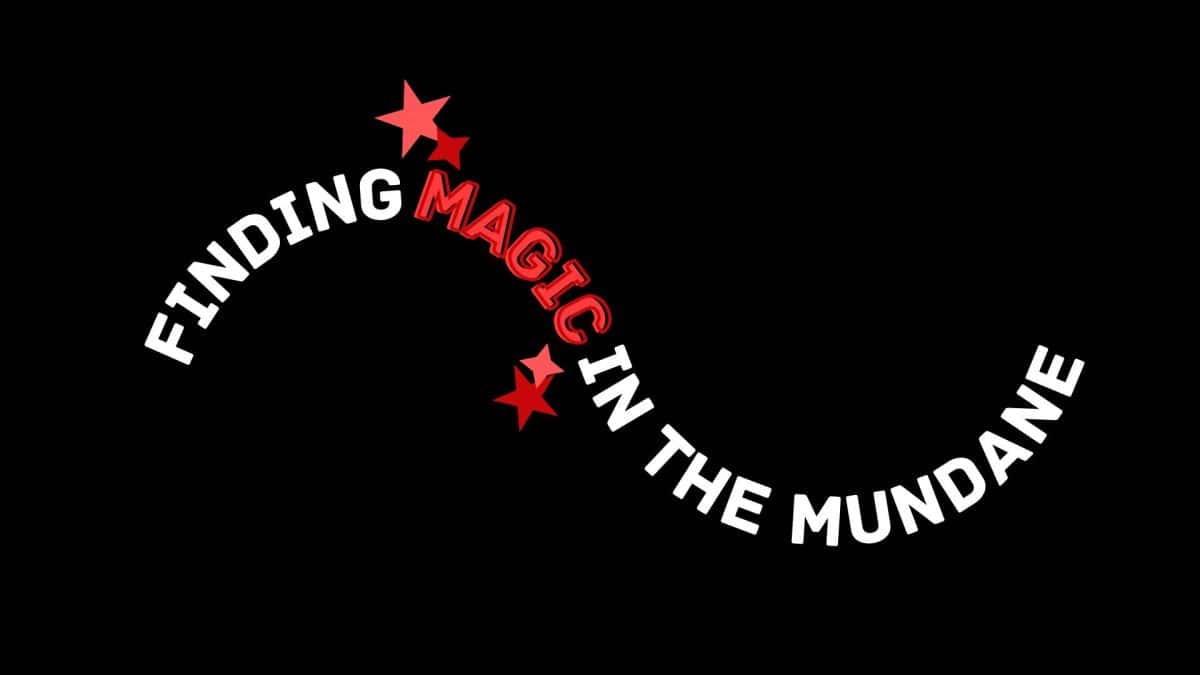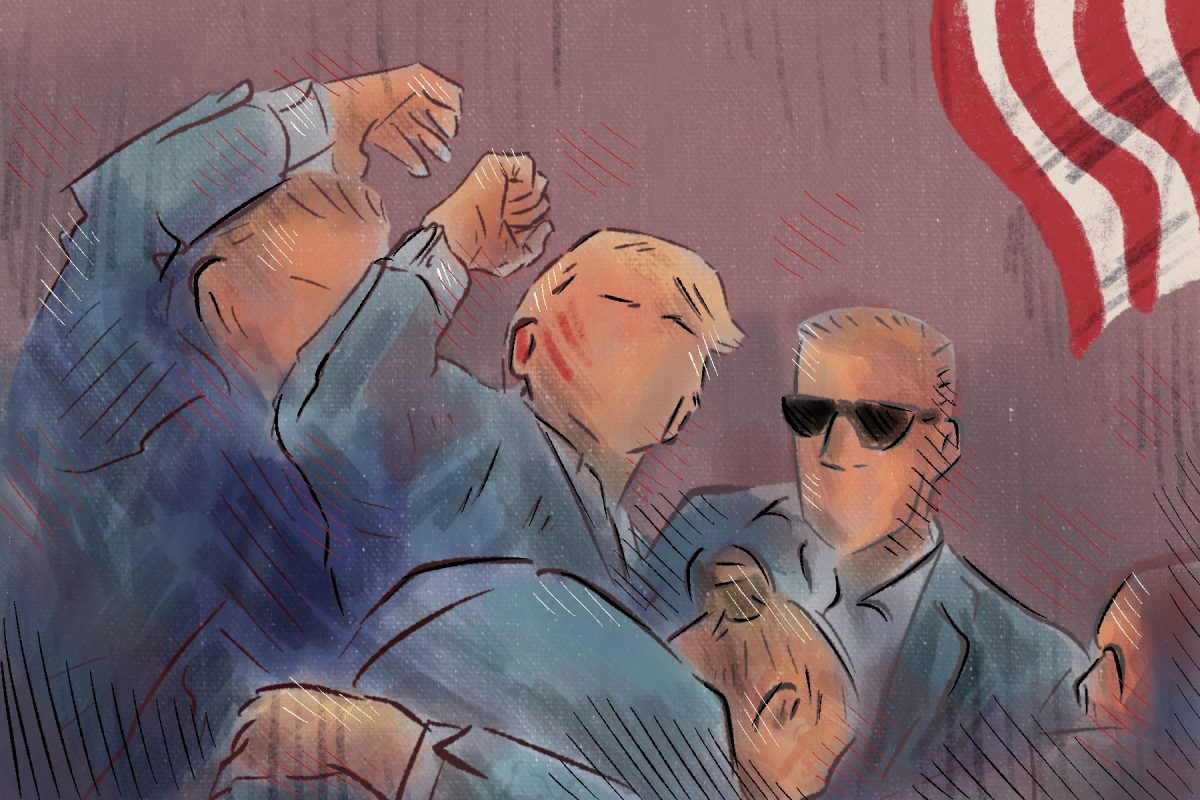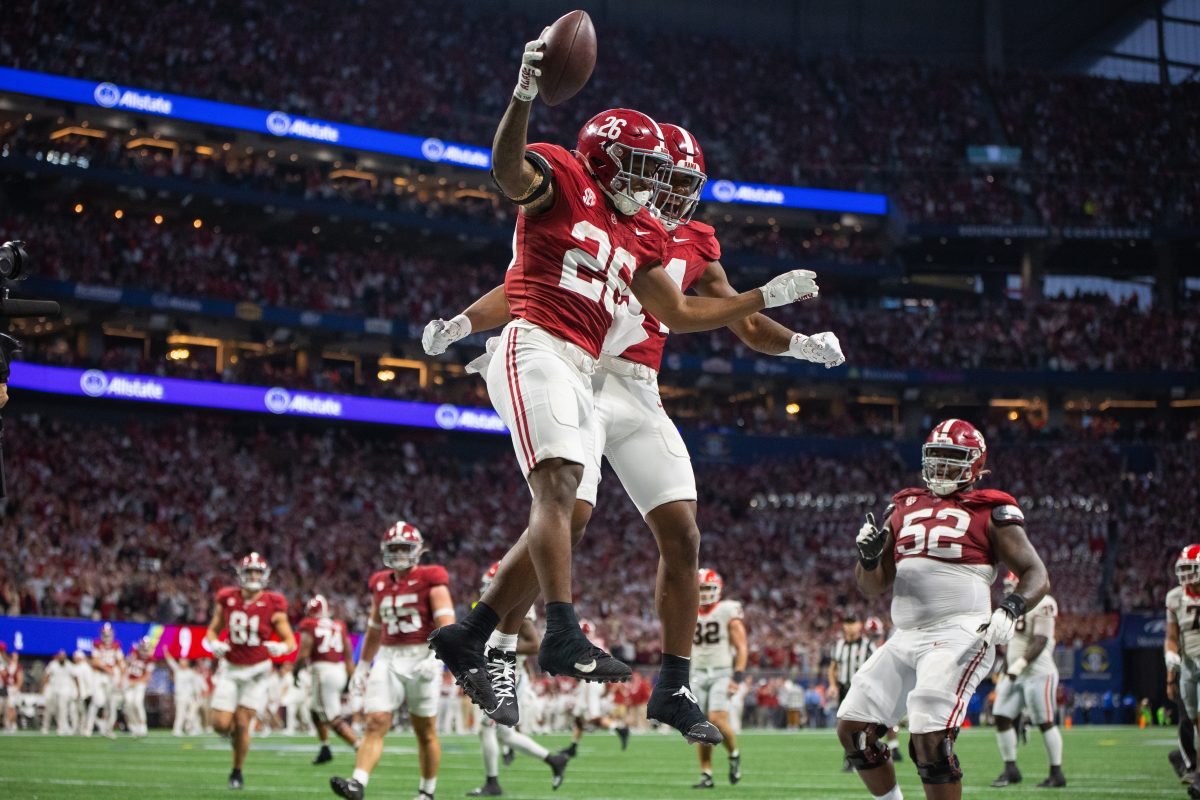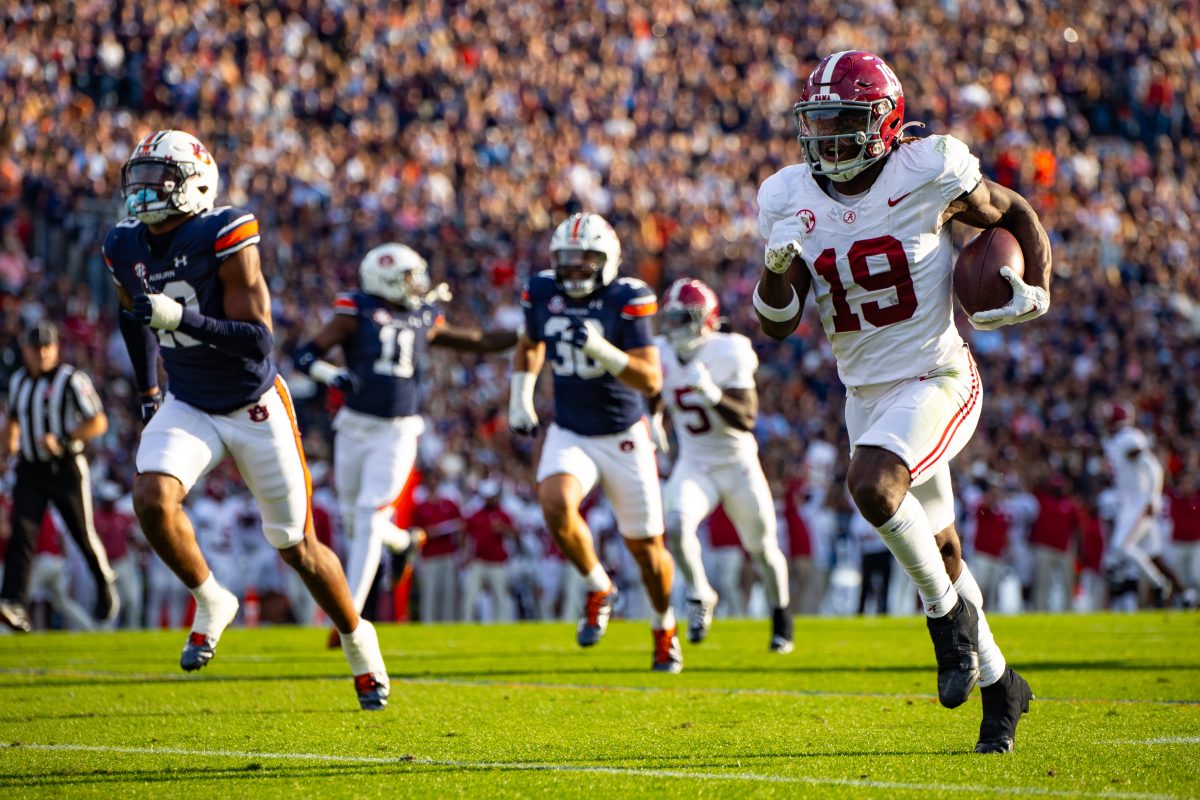With old age comes wisdom, maturity and a slew of preconceptions that it comes with a loss of liveliness as well. The average life expectancy in the United States is 77 years, though many start to cease truly living far before that.
The older we get, the more we seem to get a premonition that our pendulum will soon stop swinging. Growing up, we are told to respect our elders, but at what age does one start deserving said respect? At what age is someone defined as “elderly?” At what age does one go from self-enrichment to accepting one’s fate and engaging autopilot?
It can be easy to assume those much older than us become outdated and unhelpful, like an old electronic. However, the aging process is a subjective and unique experience to every person, and this is one of the key ideals in shifting our mindset and leaving behind the thought that with age comes lack of ability.
Oxford Languages defines ageism as “prejudice or discrimination on the grounds of a person’s age.” The ageist mentality is described by the American Psychological Association as “one of the last socially acceptable prejudices.” This way of viewing it implies that there are more seemingly pressing discriminatory issues that receive social awareness. Therefore, those holding prejudice solely on the grounds of someone’s age are overlooked.
Though ageism is pushed to the back burner when it comes to social issues to address, there are a handful of social strongholds that those of the older age bracket have resonated with, and been able to feel validated through, no matter their age. Candace Cima, better known by her username @lifeinmy70s, is a 76-year-old self-proclaimed exercise, fashion and lifestyle social media influencer. Cima’s brand is built around her motto of “aging is changing,” the idea that we don’t have to age how those before us did.
Though Cima receives harsh comments on her daily posts of fitness tips, fashion reviews and makeup tutorials, her statistics don’t lie. With an average monthly follower gain of 4,000, Cima is changing the narrative on what it looks like to age as a woman.
Cima is not the only one, however, blazing a trail (SilverSneakers Club-approved) for those over the age of 50. Harrison Ford recently reprised his role as the beloved Indy in “Indiana Jones and the Dial of Destiny” this past summer at age 80. In an interview with the Los Angeles Times, Ford said he took on the role one last time not to defy age, but in an attempt to explore it.
“To see this man who depended so much on his youth, the vigor of youth, I wanted to see him feel the weight of life,” Ford said of his role in the film, illustrating the beauty and grace still found in old age in real life, but not as frequently on the big screen. Ford is famously known for performing all his own stunts, and his most recent movie was no exception. His role in the film gave a spirit of hope not only to those who grew up with “Indiana Jones” but to grown-ups in general.
It’s clear that the limitations in our life have nothing to do with candles on a cake and everything to do with how happy we are to blow them out. Though we have led vastly different adolescent lives than those qualifying for AARP at the moment, that doesn’t mean there has to be such a disparity between us. Our experiences can be shared and celebrated and continue to be exciting, all the way to our last one.
Our age is an important number. It’s a part of our identity. But at the end of our lives, we will tally up laughs bellowed and limits broken, not crow’s-feet and “can’ts.” That number is far, far more important.







